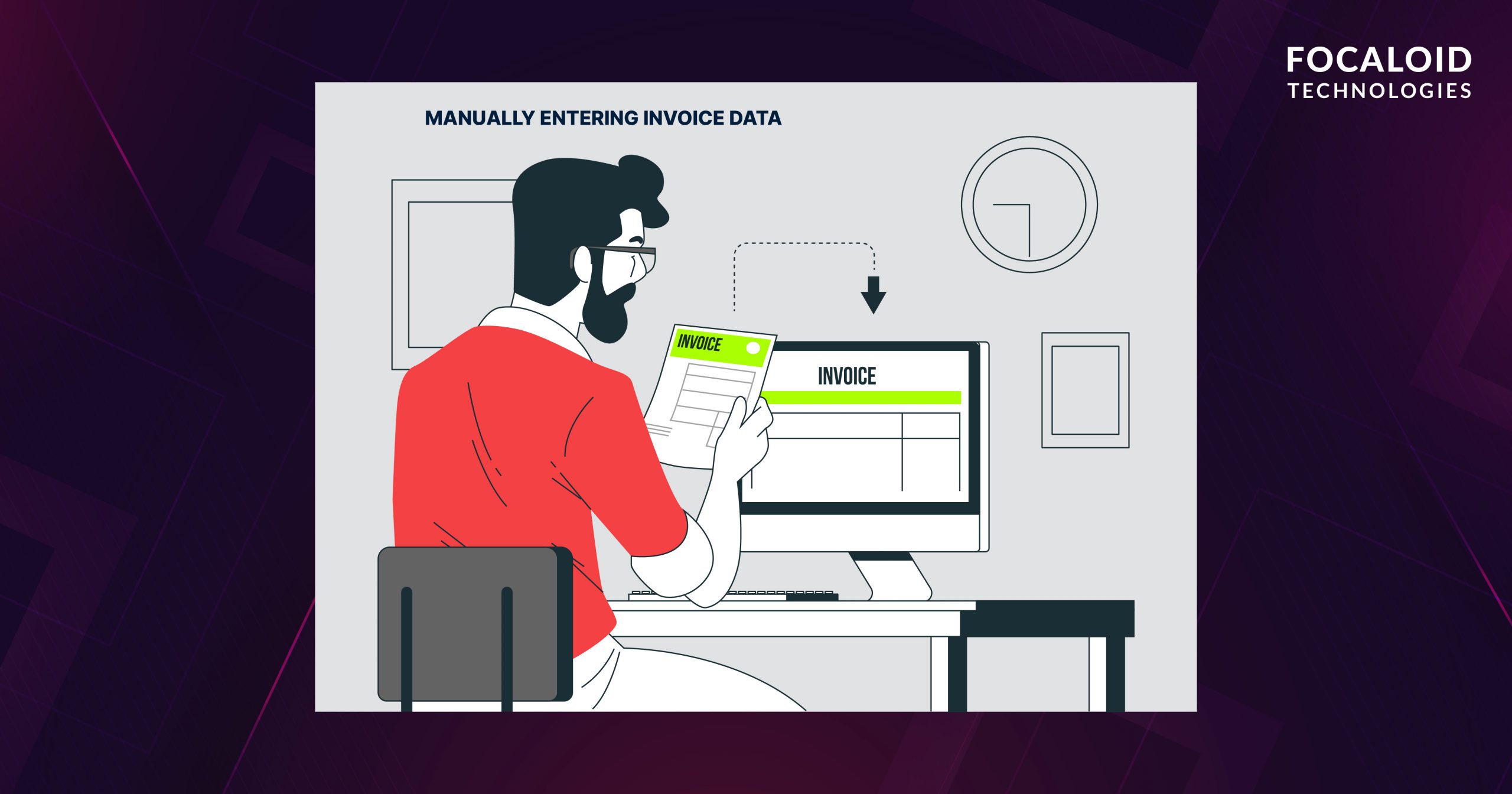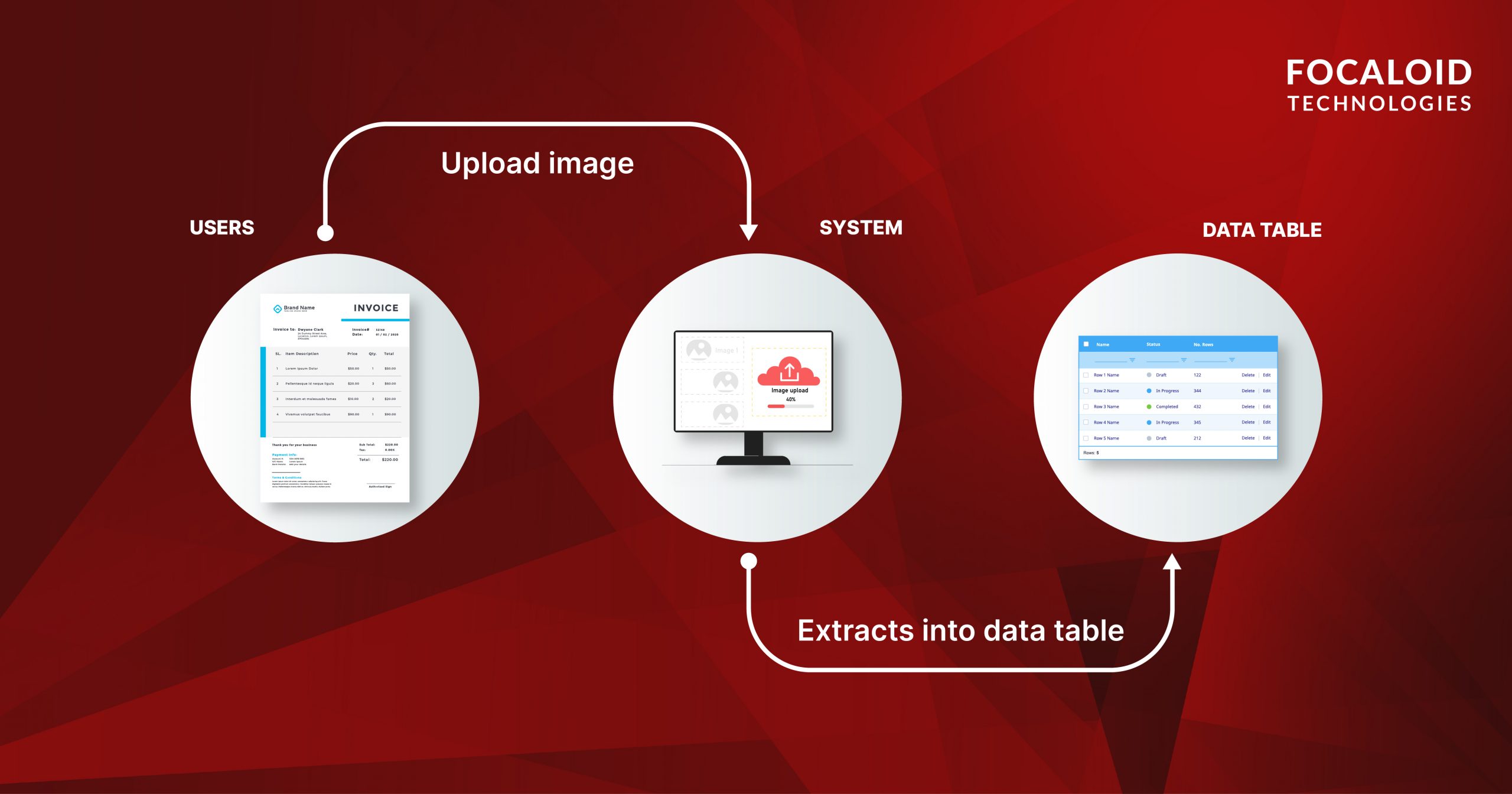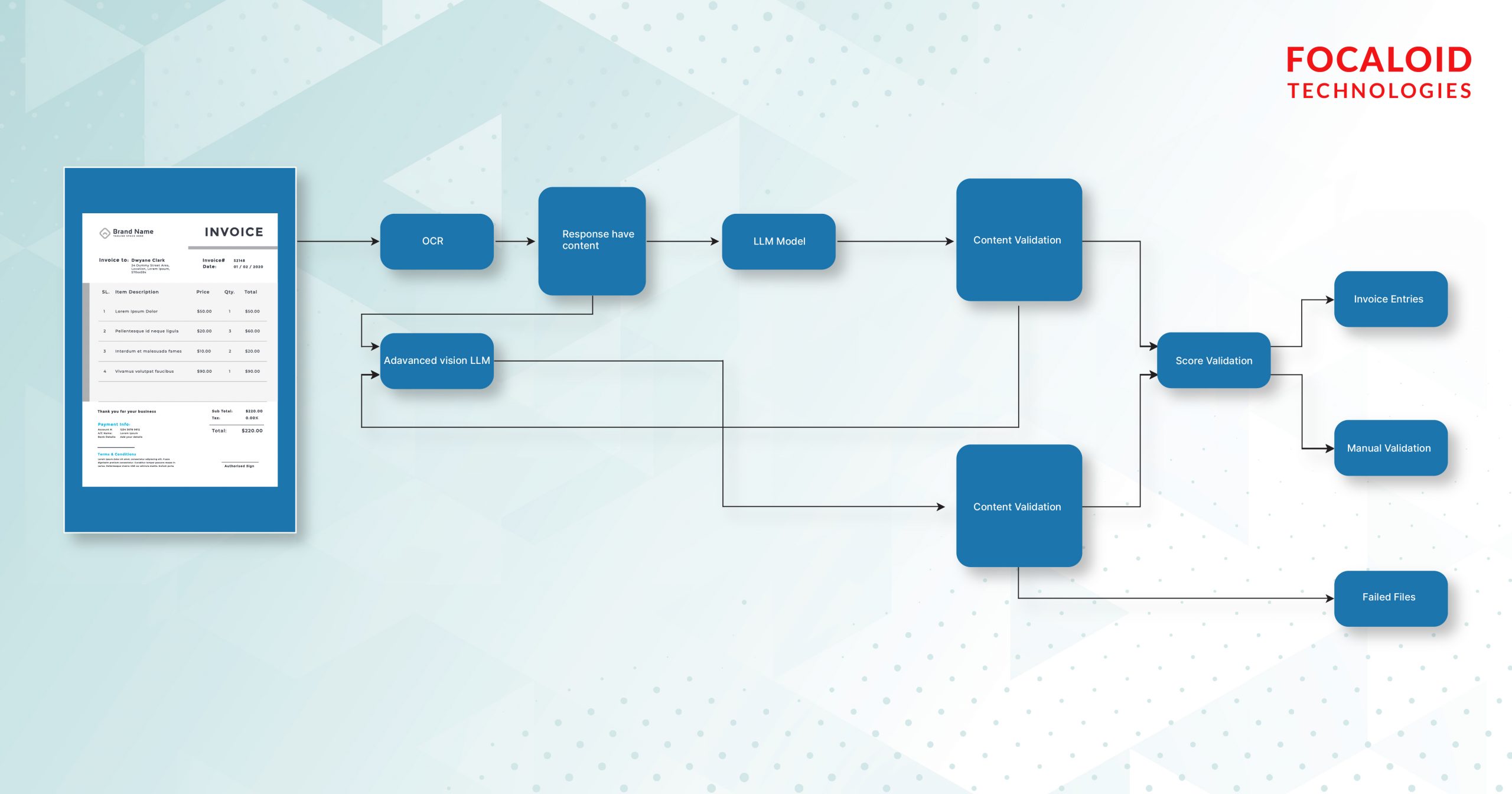In the realm of business operations, efficient and accurate data management stands as a cornerstone of success. Among various data entry and management tasks, invoice processing emerges as a critical yet often cumbersome process. Traditionally, this process has been heavily reliant on manual data entry, consuming significant time and resources while being prone to human errors. The advent of Optical Character Recognition (OCR) technology marked a turning point, offering an automated approach to convert different types of documents, like invoices, into editable and searchable data. However, conventional OCR systems have had their limitations, particularly in handling complex layouts and varied formats.
The evolution of OCR technology, infused with Artificial Intelligence (AI), has opened new vistas. AI-based OCR transcends the boundaries of traditional OCR by leveraging advanced machine learning algorithms, natural language processing, and pattern recognition. This technology is not merely about digitizing text; it’s about understanding the content and context of the invoices, leading to more accurate and efficient data extraction.
This case study delves into the application of AI-based OCR in the realm of invoice data extraction. It aims to explore how this innovative technology is transforming the way businesses handle their invoice processing, making it faster, more accurate, and cost-effective. By automating the extraction of data from invoices, companies can streamline their financial processes, enhance data accuracy, and free up valuable human resources for more strategic tasks.
Problem Statement

In the contemporary business environment, invoice processing is a critical operation that directly impacts financial management and overall efficiency. Companies often encounter two primary types of invoices: handwritten and printed. Each presents unique challenges in terms of data extraction and processing.
Challenges with Handwritten Invoices
1. Variability in Handwriting Styles
2. Inconsistency in Layout and Format
3. The risk of misinterpretation of characters and numbers
Challenges with Printed Invoices
1. Diverse Templates and Formats
2. Quality and Clarity Issues:
3. Complex Information Integration
Proposed Solution
The proposed solution involves the integration of advanced Optical Character Recognition (OCR) software with OpenAI’s cutting-edge AI and machine learning capabilities. This integrated system aims to tackle the challenges associated with processing both handwritten and printed invoices, improving accuracy, efficiency, and overall data management in business operations.
Key Components of the Solution
· Advanced OCR Software:
-
Utilizes state-of-the-art OCR technology to convert images of invoices into machine-readable text.
-
Capable of recognizing various fonts and formats, adapting to different invoice layouts.
· Large Language Models:
-
Implements machine learning algorithms, including deep learning models, to enhance text recognition accuracy.
-
Trained on extensive datasets to handle the variability in handwriting and printed text.
· Natural Language Processing (NLP):
-
Employs NLP techniques to understand the context of the invoice data, facilitating accurate categorization and extraction of relevant information (such as totals, dates, item descriptions).
· Continuous Learning and Adaptation:
-
The system is designed to learn and improve over time, using feedback and additional data to refine its accuracy, especially in interpreting diverse handwriting styles and complex invoice layouts.
Implementation and Try-outs
Our OCR technologies successfully extracted data from 70% of the files during the try-out phase, which is a great success rate. To support this, though, we included OpenAI’s Vision API, which greatly improved our capacity to deal with files that are refused. Our overall success indicators have significantly improved as a result of this integration. Examining the financial side of things, we found that the average cost per file was $0.06, which illustrates how effective and economical our technology is. Interestingly, this cost might increase to $0.15 per file in cases when totals included handwritten modifications.
Results and Impact
When compared to the prior approach, which involved having people read and manually enter data from scanned invoices into the accounting software, our solution greatly increased accuracy and efficiency. The nature of financial data necessitates manual verification; yet, our method decreased human effort from 100% to 30%–40%, potentially saving the client money.



